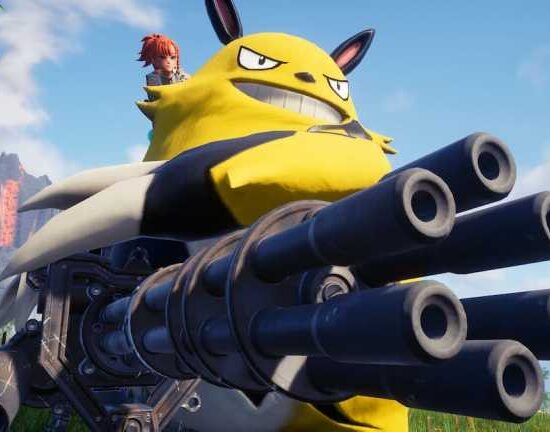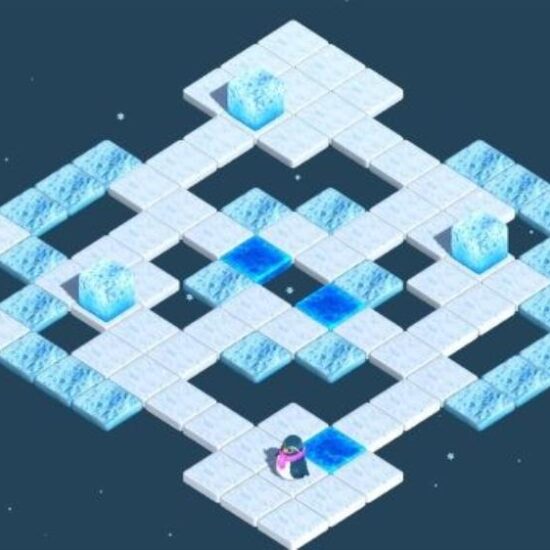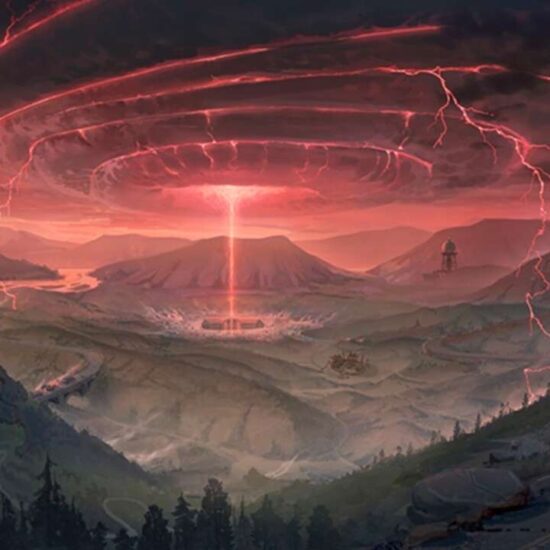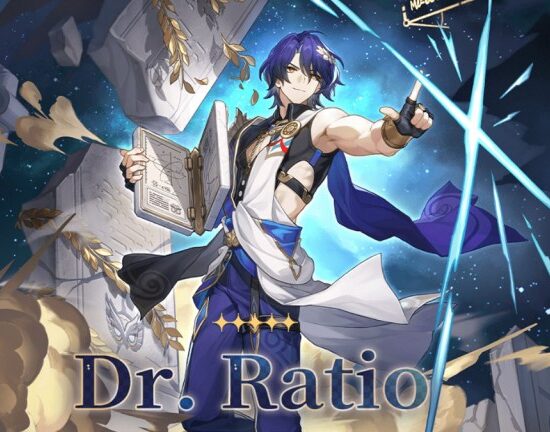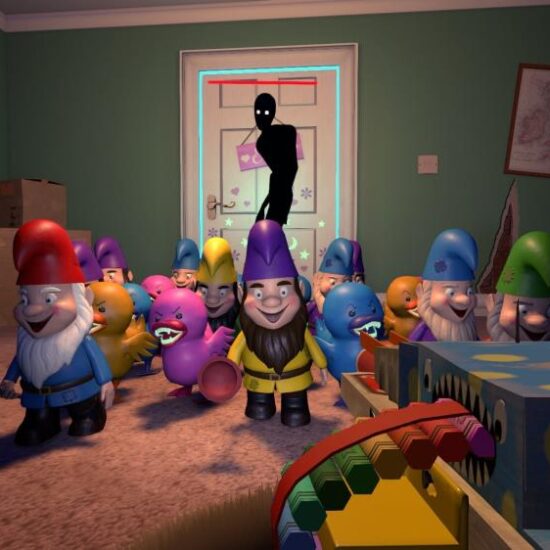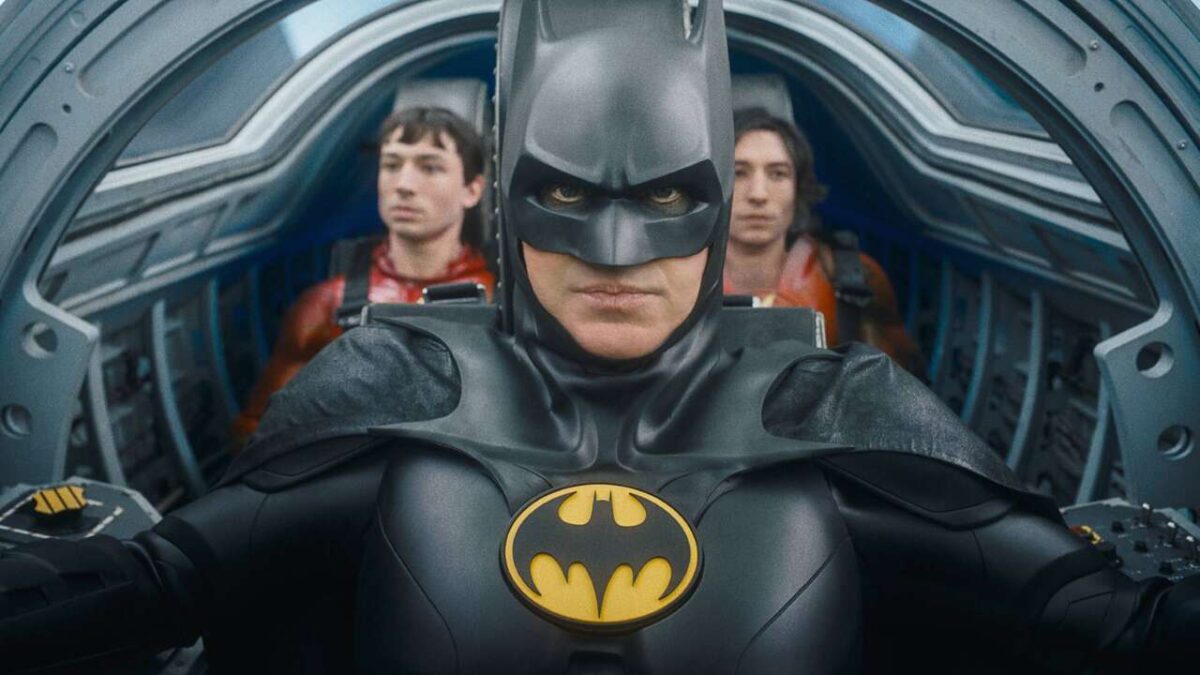
The Flash has faced scrutiny for over a year due to a variety of legal incidents involving star Ezra Miller. The actor was arrested twice in Hawaii on harassment and assault charges, pled guilty to trespassing after being charged with burglary, and has been accused of grooming a minor, among other incidents. The minor in question, now an adult, disputes the grooming allegation. In August 2022, Miller announced they were seeking treatment for “complex mental health issues.” Later, in January, The Flash studio Warner Bros. announced that they were standing behind the actor. You can read more about the issues surrounding Miller here.
DC’s attempt to copy Marvel’s box office domination with a shared universe of its own has been off the rails for much longer than it was on them–if indeed it ever truly was on them–and The Flash has long been speculated as a way to soft-reboot the overall franchise using time travel. And even after seeing the movie you might be tempted to think that’s what happened here.
But you’d be incorrect. Probably.
Warning: This article contains all the biggest spoilers from The Flash.
The basic rundown of The Flash goes like this: After heroically rescuing a dozen babies that had fallen out of a hospital window, Barry Allen levels up and can now run so fast that he goes back in time. So he runs back to his own childhood and prevents his mom from dying, and then tries to return to the present. But he can’t quite seem to get there–and then a dark figure knocks him out of the Speed Force and back into reality.
He’s in the past, around the time of the events of Man of Steel. General Zod shows up looking for a missing Kryptonian–Kara, aka Supergirl, in this universe–and otherwise there aren’t any superheroes who could have any chance of standing up to Zod and his minions. No Wonder Woman, no Aquaman, no Cyborg. And no Flash, since this younger Barry was going to go on a date with Iris West instead of being in the place where he gets his powers. But Old Barry fixes that.
So in the battle against Zod and the other Kryptonians, we have two Flashes (one of whom is brand new), a Supergirl who’s been in Russian prison for a long time, and a Batman who is decades older than the one Barry used to know.
The good guys don’t win this one. Zod kills Supergirl, Batman crashes the Batwing and blows up, and Younger Barry decides to try out time traveling. But nothing he does works. Supergirl always dies, and Zod always kills everyone on Earth. Younger Barry tries for a very long time, though–long enough that all of reality in every universe is starting to break down, as we see demonstrated by goofy CGI orbs, full of past Batmen and Superpeople, crashing into each other in the Speed Force.
Our main Barry pleads with Other Barry to stop, but he won’t listen. Eventually, however, another version of that Alt-Barry, from earlier in his endless cycle of failing to stop Zod, pops into the Speed Force, hears those pleas, and takes out his older self. This kills all versions of Barry from this non-Justice League universe, and allows Zod to extinguish the entire human race in that universe. And with no one left to try to save, Barry is free to try to return to his old timeline.
It initially seems like maybe he succeeded, but the cracks show pretty quickly: His dad, in prison for allegedly killing Barry’s mom, wins his appeal based on evidence that didn’t exist in the old timeline. And then when Barry tries to have a chat with his old pal Bruce Wayne, he discovers he definitely still isn’t home. Because in this universe, George Clooney is Batman.
The post-credits scene gives us one additional major nugget of information: Aquaman exists here, and he’s exactly the same as the Aquaman we already knew.
This is a really open-ended story, and so it’s not possible to say with any certainty what all this means right now. But it seems pretty clear what it doesn’t mean: that we’ve landed in the permanent new home of the DC movieverse. While it’s conceivable that Clooney, who played the part in Batman & Robin, would don the cape again for a role the size of the ones Keaton and Affleck had in The Flash, there’s almost no chance he’s actually this franchise’s Batman of the future. While plans can change, DC co-boss James Gunn said a couple months back that they want somebody for their next Batman who hasn’t played the part before, and Clooney is definitely not that.
On the other hand, Clooney would be a pretty good name to rebuild the franchise around. And while he’s certainly mocked Batman & Robin–which is, hands down, the worst Batman movie, plenty of times over the past three decades–that doesn’t preclude him from trying it again with an entirely different set of creatives.
Realistically, though, if Clooney were back as the new Batman to replace Ben Affleck in the DC movieverse, we would probably know about it from real-world news sources.
So what’s the deal here? For now: nothing at all. The Flash does not reflect any kind of change in the status quo of the DC franchise beyond the introduction of the multiverse. That’s not a small thing, but it doesn’t actually, you know, change the state of reality beyond this film. Ben Affleck’s Batman wasn’t written out of existence, for example–the universe Barry came from is still there, without a Flash.
So what we actually end up with the Clooney bit, really, is a sequel tease that gives The Flash the air of a reboot of Sliders, with Barry having to hop from dimension to dimension in hopes that his next jump takes him back home. It’s a great idea for a movie, frankly, and one that could have big ramifications for the future of the DC Extended Universe.
That’s kind of the punchline with The Flash: It doesn’t on its own change anything about the greater DC franchise beyond providing a framework that will allow future movies to dramatically change the status quo if the studio wants them to. It’s not like Marvel’s Loki, where the introduction of the multiverse was itself an inciting incident for the greater story of Kang the Conqueror. The Flash, by contrast, is merely setting things up so that the new-look DC Studios can start whatever new big plot it wants later on. It opens the doors to many potential new paths, but it’s waiting for somebody else to decide which one we’re going to take.
In the meantime, they don’t want you to sweat all this stuff too much, which is what the Aquaman cameo in the post-credits scene is about. In the scene, Barry tells Arthur about how even though he’s met all these different Batmen, every Aquaman is exactly the same. Just so you know that when Aquaman and the Lost Kingdom comes out later this year, you don’t need to worry about which universe it’s taking place in–it’s the same either way!
Not sweating all this is probably the best idea for all of us, since it’s too early for new DC Studios heads James Gunn and Peter Safran to have gotten their overall plans underway in full in a way that we can see–every DC movie coming out this year was in production before those two took over. So we’ll have a while to wait before we get any idea of what’s really going on in the DC Universe. Possibly until we see the rumored Batman movie that will reportedly be under the care of The Flash director Andy Muschietti.
The comic book story on which that film will be based, The Brave and the Bold, introduces Bruce Wayne’s son, Damian, as Robin and heir to the role of Batman. If Clooney is going to stick around as Bruce beyond this cameo, this is a plausible one-movie story for him that could leave us with Damian Wayne as DC’s main franchise Batman. And in that sense, this Batman film could serve as a direct sequel to The Flash, and it would also be the franchise reset that we thought The Flash was going to be.
But there are too many pieces in motion, and we don’t know enough about any of them yet.
The products discussed here were independently chosen by our editors.
GameSpot may get a share of the revenue if you buy anything featured on our site.









